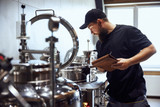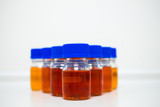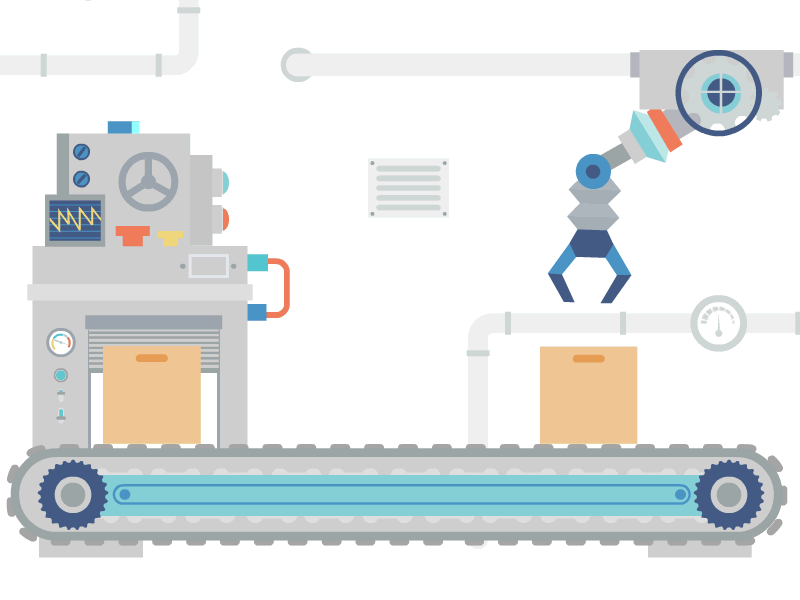The Invisible Threats Lurking in Your Beer
Did you know that your favorite beer can spoil without you even noticing? Even if it looks golden and perfectly foamy, changes can occur inside each pint that transform its flavor and aroma, ruining the drinking experience. A simple mistake in the brewing process or a small oversight in packaging can cause the final product to lose its freshness, develop strange odors, or acquire unwanted flavors. For the beer industry, these invisible enemies pose a constant challenge, capable of turning weeks of work into millions in losses.
Behind these unwanted flavors and aromas are various microorganisms. The main responsible are bacteria that can grow during fermentation, bottling, or even in the finished beer, altering its taste, aroma, and appearance. Fortunately, the brewing industry has strategies to keep them at bay: from strict hygiene and oxygen control measures to filtration, pasteurization, and, most importantly, constant microbiological monitoring.
Among the invisible enemies of beer, some bacteria stand out for their ability to ruin its flavor and aroma. Lactic acid bacteriagenerate acidity and buttery notes or Bacillus cereus, a species resistant to cleaning and processing, can cause cloudiness and strange flavors. Although they act in different ways, they all share the ability to sabotage a good pint if not controlled in time.
- Lactic acid bacteria (LAB, e.g., Lactobacillus and Pediococcus): These bacteria ferment residual sugars present in beer through homofermentative or heterofermentative pathways, producing mainly lactic acid and, in some cases, acetic acid and diacetyl. The accumulation of these acids lowers the pH, generating noticeable acidity and undesirable aromatic notes such as rancid butter or yogurt, directly affecting sensory quality.
- Bacillus cereus: Spore-forming bacteria highly resistant to adverse conditions and cleaning or pasteurization processes. Its spores can adhere to machinery and remain in the brewery, as well as contaminate the beer directly, germinating when they encounter favorable conditions. Although its growth is more limited than that of LAB, it can proliferate in poorly preserved or contaminated beer, causing turbidity, sediment, and metabolites that alter the flavor.
At Alpha Biosciences, we work with breweries all over the country on microbiological control in order to offer high-quality products that are safe for the population. Among many others, in our portfolio you can find.
| Microorganism | Culture Media | Alpha Reference |
|---|---|---|
| Lactic Acid Bacteria |
HLP (Hsu’s Lactobacillus Pediococcus) Medium |
|
|
LMDA (Lee’s Multi-Differential Agar) |
||
|
Lactobacilli MRS Broth (LMRS Broth) |
||
|
Lactobacilli MRS Agar (LMRS Agar) |
||
| Bacillus Cereus |
MYP Agar |
M13-149 |
|
Bacillus Cereus Agar |
||
| Other Spoilage Bacteria |
Universal Beer Agar |
|
|
WL Nutrient Agar |
||
|
WL Differential Agar |
W23-103 |
|
|
Nutrient Broth |
||
|
Orange Serum Agar |
||
|
Orange Serum Broth |
Don't let these invisible enemies ruin your beer. Maintaining the quality and flavor of each batch requires constant vigilance and reliable microbiological control. Knowing which bacteria can sabotage your beer is essential, and our specialized products for contaminant detection and control help you ensure that every pint reaches the consumer perfect and safe. Don't hesitate to contact us to equip your brewery with the most effective solutions.








